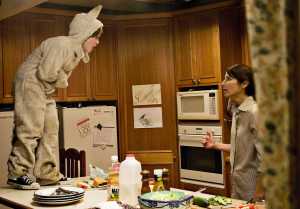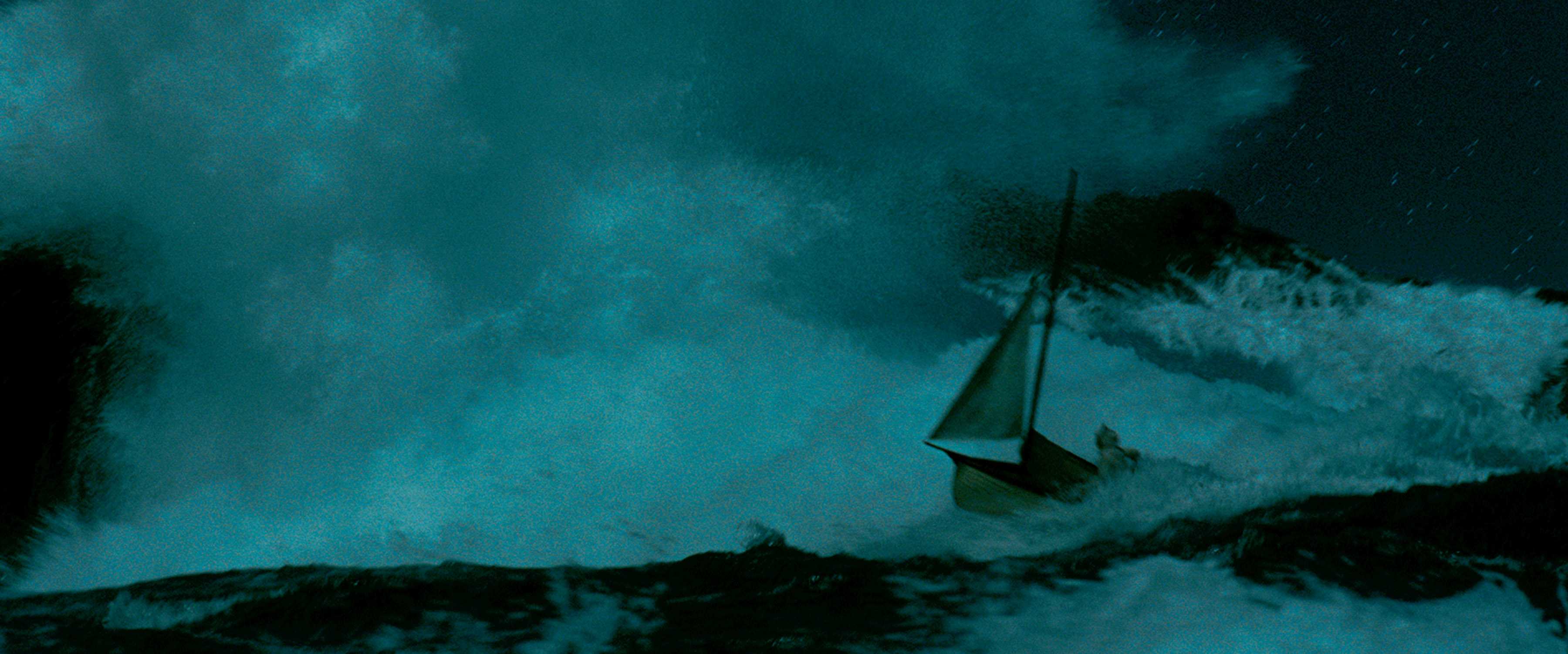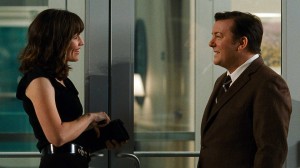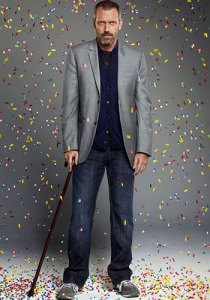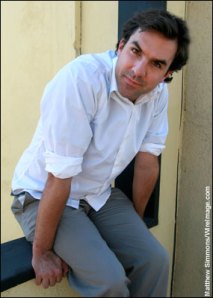Written by Thuy Dinh, contributing writer
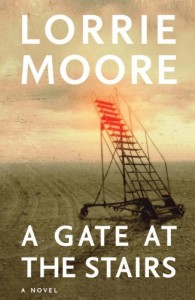 My children, ages 11, 8, and 6, are discovering the Beatles for the first time. Not only do they listen to the songs endlessly during the rides to and from school, but they also play some of the Beatles’ simpler melodies on their piano keyboard almost 24/7.
My children, ages 11, 8, and 6, are discovering the Beatles for the first time. Not only do they listen to the songs endlessly during the rides to and from school, but they also play some of the Beatles’ simpler melodies on their piano keyboard almost 24/7.
It might have been a simple case of osmosis, then, or it could have been just a quirky coincidence that I heard the whole message of Lorrie Moore’s most recent novel, A Gate at the Stairs, summed up in “All You Need is Love,” but with double negative lyrics:
There’s nothing you can do that can’t be UNdone
Nothing you can sing that can’t be UNsung
Nothing you can say but you can’t UNlearn how to play the game
It’s NOT easy….
There’s nothing you can make that can’t be UNmade
No one you can save that can’t be UNsaved.
Nothing you can do but you can’t UNlearn how to be you
in time…
Though the message is unflinching, it’s affirming in that it holds the reader in high regard and tries to portray the world in a complex way. Told in the voice of Tessie Keltjin, a 20-year old college student, Stairs begins in the fall of 2001, shortly after 9/11. Right away, Moore sets the stage for the polarizing forces of her novel: faith versus faithlessness, love versus the absence of love, life versus death.
Tessie comes from the rural town of Dellacrosse (of the cross) and she goes to college in Troy (like its Greek antecedent, a liberal, cosmopolitan town somewhere in the Midwest). Soon, Tessie is hired to be the nanny of a mixed-race child adopted by the Thornwood-Brinks, a white, upper-middle class, progressive couple who live and work in Troy.
While working as a nanny, Tessie becomes involved with a darkly handsome but vaguely dangerous classmate in her Introduction to Sufism class. The man may or may not be Brazilian and only speaks or sings in Italian. The third plot strand is Tessie’s relationship with her family, most notably her close connection with her younger brother Robert, who plans to join the U.S. Army after high school. Moore takes her time getting to the heart of the story so at first it’s challenging, but once it speeds up, she covers impressive ground in a take-no-prisoners way.
The title of Moore’s novel is both literal and elusive. A Gate at the Stairs may simply mean a baby gate to prevent Tessie’s 2-year old charge, Mary-Emma, from reaching the stairs, or it could mean Babygate, Watergate, or even…Henry Louis Gates, Jr. (The novel, which was clearly written before Professor Gates’ July 2009 incident with the Boston police, has a character in a consciousness-raising group casually mentioning a story about a black youth being accidentally shot by the police in his own home). A gate, therefore, can be something shameful and secretive, an impediment to progress, barring the stairway to heaven, blocking the path to true understanding.
Stairs is streamlined and layered, more like a Chinese shadow box, or a Vidalia onion as opposed to a messy head of radicchio (vegetables are also prominent in Moore’s novel, as Tessie’s father is a gentleman farmer who cultivates organic “pearl” fingerlings for yuppie consumers). The various gates in Moore’s novel are variations on the same theme: love and/or the lack of, and loss of love. Her characters are either recklessly in love or reckless with love. Lust, hunger, lack of faith, neglect and/or mistreatment of children, and racism are simply manifestations of love’s absence. Tessie poetically compares a decadent meal to an empty experience that leaves “the spirit…untouched,” “a condition of prayerless worship,” or an “endless communion” that offers no grace or salvation.
Moore’s cast of passionate yet lonely characters, like her punning/cunning use of language, have names that aptly describe them, yet at the same time may not represent who they really are. Like doomed figures in a Greek tragedy, Moore’s characters misinterpret events, or misinform each other, to escape from their oppressive fates. Tessie always complains of “not hearing things right” or “not believing what she hears.” Language in Moore’s universe is itself a shape-shifting, subversive character. In church, Tessie thinks she hears “Our Father” as follows:
Our father who art a heathen
Hollow be thigh name
Thigh king is dumb
Thigh will is dun
on earth as it is
at birth.
Stairs is the feminine, and feminist, answer to J.D. Salinger’s The Catcher in the Rye. (Incidentally, Holden Caulfield’s yearning to save the young children who run too close to the cliff of a rye field is also a deliberate misreading of a literary source. Robert Burns’ 18th century poem, “Coming Thro’ the Rye,” is sexually provocative and has nothing to do with saving children.)
At the end of the novel, after undergoing many forms of personal losses, Tessie becomes “nobody’s sister” who literally stares death in the eye. Wiser, sadder, but still at heart a romantic, Tessie concludes, “Love is the answer…It was OK…as an answer. But no more than that. It was not a solution; it wasn’t really an answer, just a reply.”
Just a reply, but it was way moore than enough for me.
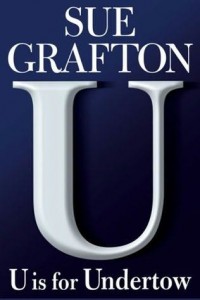 I’ve been reading Sue Grafton for a quarter century now, starting in high school when I found her books in the school library (I spent a lot of time there). I devoured the “A” through “C” Kinsey Millhone adventures like an ex-con having his first meal on the outside. Over the years, the books were uneven but I kept reading out of obligation, as if Kinsey had become an old friend whose imperfections I accepted. I listened to her tales even if she rambled a little.
I’ve been reading Sue Grafton for a quarter century now, starting in high school when I found her books in the school library (I spent a lot of time there). I devoured the “A” through “C” Kinsey Millhone adventures like an ex-con having his first meal on the outside. Over the years, the books were uneven but I kept reading out of obligation, as if Kinsey had become an old friend whose imperfections I accepted. I listened to her tales even if she rambled a little.
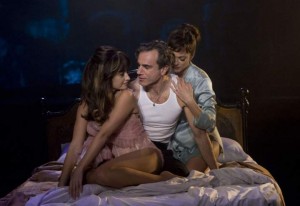

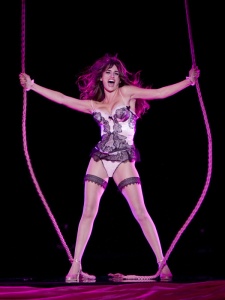

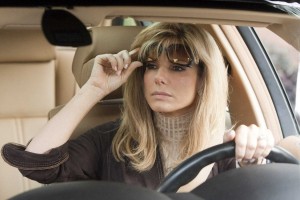


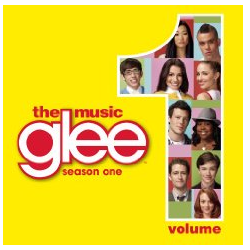 But I’m also happy because I’ve been listening nonstop to the Glee soundtrack, Glee: The Music, Volume 1, which dropped this week. I’ve been dancing around my room, singing along at the top of my lungs (I think neighbors called animal control) and now I’m writing about it in case you’re still not sure what all the fuss is about.
But I’m also happy because I’ve been listening nonstop to the Glee soundtrack, Glee: The Music, Volume 1, which dropped this week. I’ve been dancing around my room, singing along at the top of my lungs (I think neighbors called animal control) and now I’m writing about it in case you’re still not sure what all the fuss is about. But the reason I’m addicted is the phenomenal cast. When Lea Michele, who plays Glee Club diva Rachel, opens her mouth, pure magic comes out. Her voice can probably cure illnesses. Matthew Morrison, who plays the love-torn music teacher, Will, busted out in the last episode, performing “Bust a Move” while showing off eye-popping dance moves.
But the reason I’m addicted is the phenomenal cast. When Lea Michele, who plays Glee Club diva Rachel, opens her mouth, pure magic comes out. Her voice can probably cure illnesses. Matthew Morrison, who plays the love-torn music teacher, Will, busted out in the last episode, performing “Bust a Move” while showing off eye-popping dance moves.
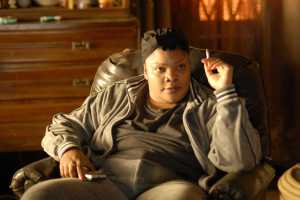
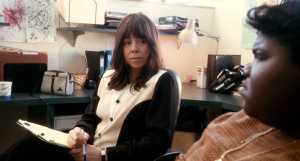

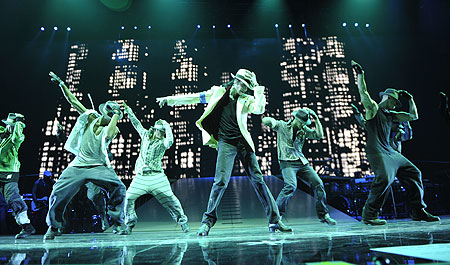 My favorite numbers were “Smooth Criminal” and “Thriller,” which incorporated Jackson into filmed segments leading into live performances. For “Criminal,” Jackson inserted himself into that signature scene from Gilda with Rita Hayworth singing “Put the Blame on Mame” and stripping off her gloves (Jackson catches one). For “Thriller,” he was reinventing the video in 3D. After more than 25 years of watching countless others perform that infamous monster dance, it’s quite, well, thrilling to behold the mastermind himself doing it again and see that he’s still got it.
My favorite numbers were “Smooth Criminal” and “Thriller,” which incorporated Jackson into filmed segments leading into live performances. For “Criminal,” Jackson inserted himself into that signature scene from Gilda with Rita Hayworth singing “Put the Blame on Mame” and stripping off her gloves (Jackson catches one). For “Thriller,” he was reinventing the video in 3D. After more than 25 years of watching countless others perform that infamous monster dance, it’s quite, well, thrilling to behold the mastermind himself doing it again and see that he’s still got it.
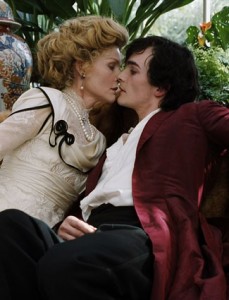
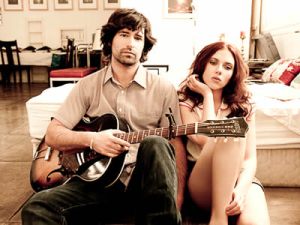 Last month, my friend Tomas made me aware of this album over at his blog,
Last month, my friend Tomas made me aware of this album over at his blog, 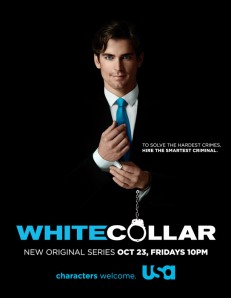 White Collar, USA’s latest original series, stars Matthew Bomer as Neal Caffrey, a convict who excels in the kind of crimes for which the show is named. In order to stay out of jail, he makes a deal with the FBI agent who finally nabs him to let him help solve cases, using his expert criminal mind. Bomer is handsome with his piercing blue eyes and does a capable job, but he lacks the extra oomph that makes an actor a breakout star. Tim DeKay is solid as Agent Stokes, the straight-up guy who’s frustrated by and a little envious of Caffrey’s lifestyle. The show doesn’t offer anything new but I might tune in again if I’m home on a Friday night and there’s nothing better to watch. Nerd verdict: Lightweight criminal.
White Collar, USA’s latest original series, stars Matthew Bomer as Neal Caffrey, a convict who excels in the kind of crimes for which the show is named. In order to stay out of jail, he makes a deal with the FBI agent who finally nabs him to let him help solve cases, using his expert criminal mind. Bomer is handsome with his piercing blue eyes and does a capable job, but he lacks the extra oomph that makes an actor a breakout star. Tim DeKay is solid as Agent Stokes, the straight-up guy who’s frustrated by and a little envious of Caffrey’s lifestyle. The show doesn’t offer anything new but I might tune in again if I’m home on a Friday night and there’s nothing better to watch. Nerd verdict: Lightweight criminal.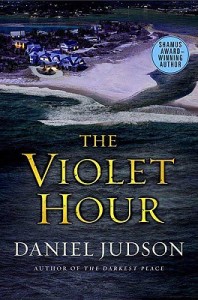 This noirish thriller, set in the Hamptons, unfolds over three days as auto mechanic Cal tries to hide his pregnant former boss from her abusive husband while searching for his friend, Lebell, who has gone missing after leaving a trail of blood in his apartment. Cal wants nothing but an orderly life to prove he didn’t inherit criminal tendencies from his father and brother, but as he gets more involved in his friends’ crises, he wonders how far he’s willing to go to keep them out of trouble and even save their lives.
This noirish thriller, set in the Hamptons, unfolds over three days as auto mechanic Cal tries to hide his pregnant former boss from her abusive husband while searching for his friend, Lebell, who has gone missing after leaving a trail of blood in his apartment. Cal wants nothing but an orderly life to prove he didn’t inherit criminal tendencies from his father and brother, but as he gets more involved in his friends’ crises, he wonders how far he’s willing to go to keep them out of trouble and even save their lives.


